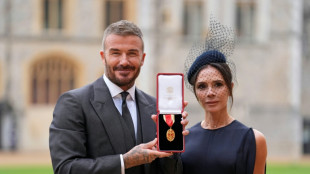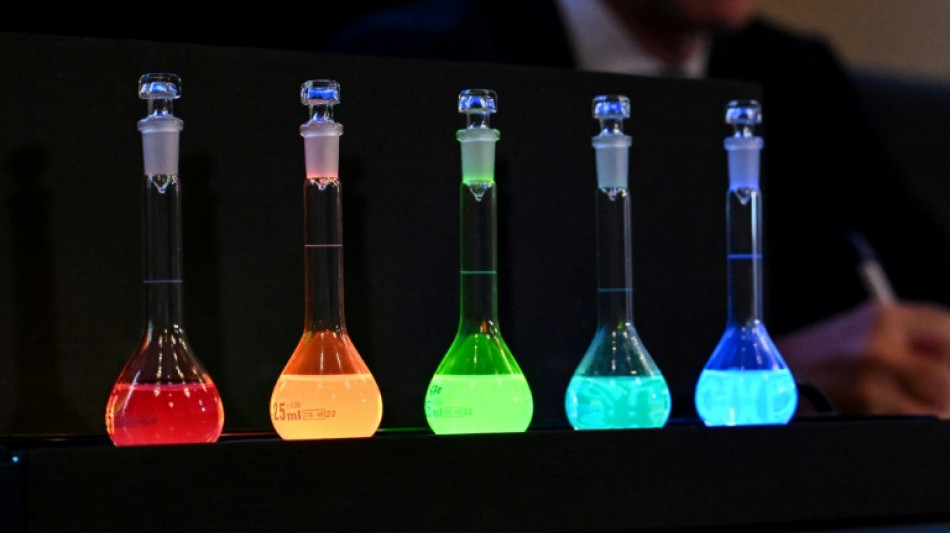
-
 Scandic Trust Group strengthens sales network with First Idea Consultant
Scandic Trust Group strengthens sales network with First Idea Consultant
-
Chile presidential hopeful vows to expel 'criminal' migrants to El Salvador

-
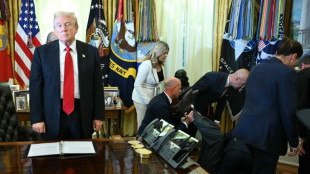 Trump event paused in Oval Office when guest faints
Trump event paused in Oval Office when guest faints
-
NFL Colts add Sauce to recipe while Patriots confront Baker

-
 Home owned by Miami Heat coach Spoelstra damaged by fire
Home owned by Miami Heat coach Spoelstra damaged by fire
-
Tesla shareholders approve Musk's $1 trillion pay package
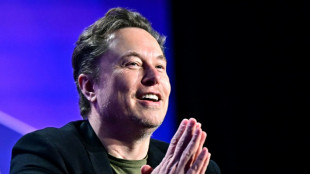
-
 World leaders launch fund to save forests, get first $5 bn
World leaders launch fund to save forests, get first $5 bn
-
Villa edge Maccabi Tel Aviv in fraught Europa League match

-
 Protests as Villa beat Maccabi Tel Aviv under tight security
Protests as Villa beat Maccabi Tel Aviv under tight security
-
US Supreme Court backs Trump admin's passport gender policy
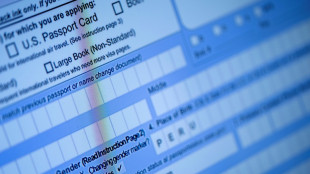
-
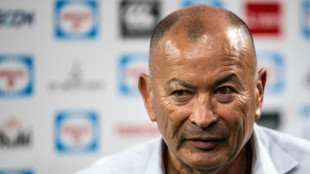 Japan boss Jones backs Farrell to revive Ireland's fortunes
Japan boss Jones backs Farrell to revive Ireland's fortunes
-
MLB Padres name former reliever Stammen new manager

-
 'Grand Theft Auto VI' video game delayed again until Nov. 2026
'Grand Theft Auto VI' video game delayed again until Nov. 2026
-
Martino returns as head coach of MLS Atlanta United
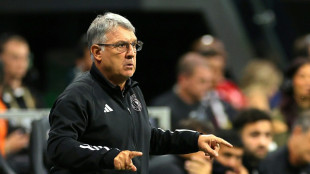
-
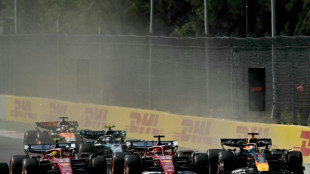 Hamilton dismisses Ferrari exit claims
Hamilton dismisses Ferrari exit claims
-
Musetti keeps ATP Finals hopes alive, joins Djokovic in Athens semis
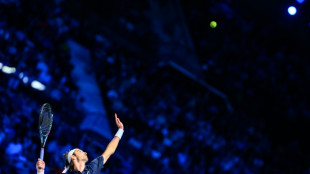
-
 England boss Borthwick wants 'brilliant' Marcus Smith to shine against Fiji
England boss Borthwick wants 'brilliant' Marcus Smith to shine against Fiji
-
Piastri says he is confident he can recover and win drivers' title
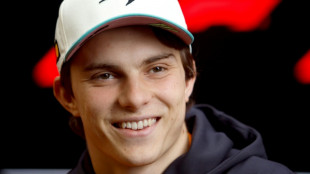
-
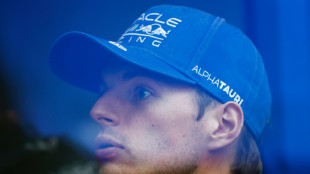 Verstappen admits he may need a bit of 'luck' to haul in rivals in title race
Verstappen admits he may need a bit of 'luck' to haul in rivals in title race
-
Kazakhstan to join Abraham Accords as Trump pushes Mideast peace

-
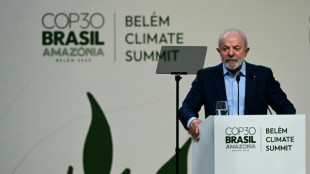 'Moral failure': Leaders seek to rally world at Amazon climate talks
'Moral failure': Leaders seek to rally world at Amazon climate talks
-
UN Security Council votes to lift sanctions on Syrian president

-
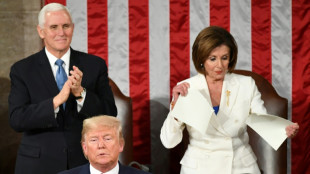 Democratic giant, trailblazer and Trump foe Nancy Pelosi to retire
Democratic giant, trailblazer and Trump foe Nancy Pelosi to retire
-
World leaders ditch ties at sweaty climate summit
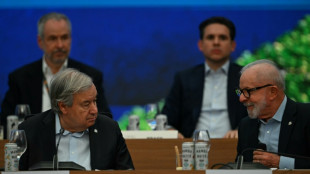
-
 Dallas Cowboys' Marshawn Kneeland dies at 24
Dallas Cowboys' Marshawn Kneeland dies at 24
-
Rally outside Rockstar against GTA studio's 'union busting'

-
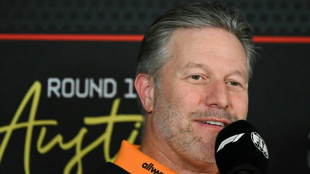 McLaren boss says would rather lose title than issue team orders
McLaren boss says would rather lose title than issue team orders
-
Sabalenka, top WTA stars urge Slams to revive 'stalled' negotiations
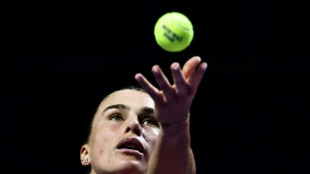
-
 5 killed in Afghan-Pakistan border fire despite peace talks: official
5 killed in Afghan-Pakistan border fire despite peace talks: official
-
Trump unveils deals to lower costs of some weight-loss drugs
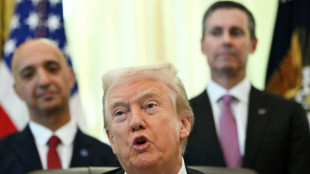
-
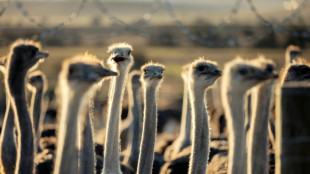 Controversial Canadian ostrich cull order will go ahead
Controversial Canadian ostrich cull order will go ahead
-
Mexico's Sheinbaum to boost reporting of sexual abuse after being groped
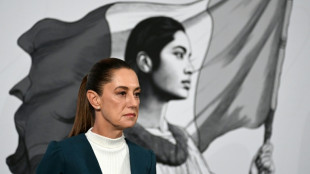
-
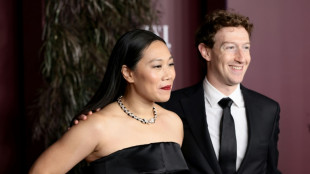 Zuckerbergs put AI at heart of pledge to cure diseases
Zuckerbergs put AI at heart of pledge to cure diseases
-
Crypto giant Coinbase fined in Ireland for rule breaches
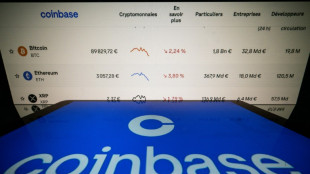
-
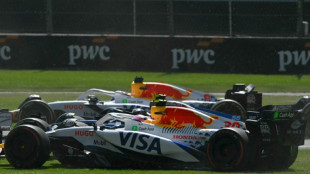 Lawson relieved as he reveals FIA support following Mexican near-miss
Lawson relieved as he reveals FIA support following Mexican near-miss
-
US set for travel chaos as flights cut due to govt shutdown
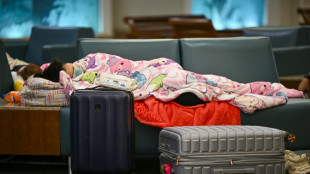
-
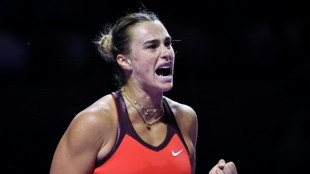 Sabalenka and Pegula book their spots in WTA Finals last four
Sabalenka and Pegula book their spots in WTA Finals last four
-
'Our brother-in-law': Arab world embraces New York's new mayor

-
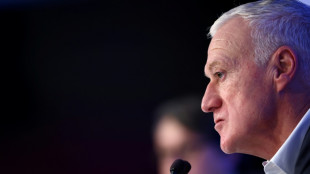 France boss Deschamps would prefer to 'avoid playing' on Paris attacks anniversary
France boss Deschamps would prefer to 'avoid playing' on Paris attacks anniversary
-
Pegula sweeps past Paolini to reach WTA Finals last four
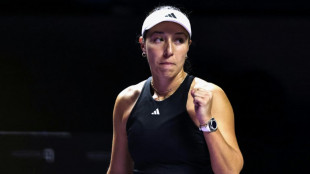
-
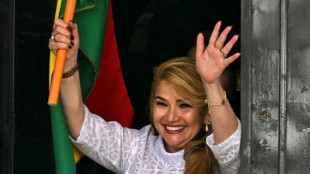 Bolivian ex-president Anez leaves prison after sentence annuled
Bolivian ex-president Anez leaves prison after sentence annuled
-
Stocks slide as investors weigh data, interest rate cuts
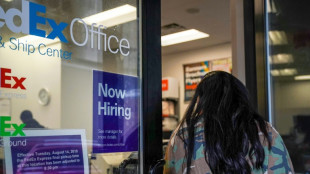
-
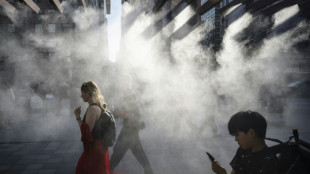 UN says 2025 to be among top three warmest years on record
UN says 2025 to be among top three warmest years on record
-
Fleetwood and Lowry lift each other into Abu Dhabi lead
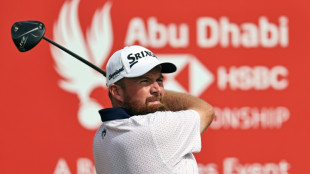
-
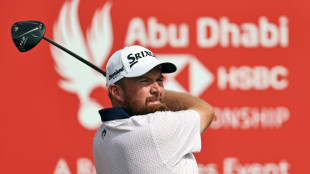 Fleetwod and Lowry lift each other into Abu Dhabi lead
Fleetwod and Lowry lift each other into Abu Dhabi lead
-
New Zealand make changes after Barrett brothers' injuries as Scotland drop Van der Merwe

-
 Dallas Cowboys' Marshawn Kneeland dies at 24: franchise
Dallas Cowboys' Marshawn Kneeland dies at 24: franchise
-
Pegula dispatches Paolini to keep WTA Finals semis bid alive
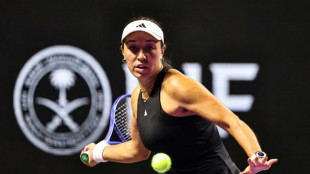
-
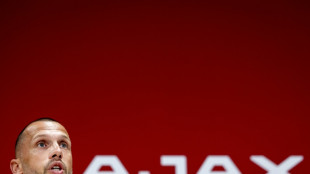 Dutch giants Ajax sack coach John Heitinga
Dutch giants Ajax sack coach John Heitinga
-
Kirchner on trial in Argentina's 'biggest ever' corruption case
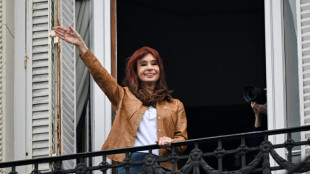

Quantum dots: the tiny 'rainbow' crystals behind chemistry Nobel
Quantum dots are tiny crystals that scientists can tune to different colours, giving an extra-vivid pop to next-generation TV screens or illuminating tumours inside bodies so surgeons can hunt them down.
Three scientists won the Nobel Chemistry Prize on Wednesday for their work turning an idea first theorised in the 1930s into a reality that now has pride of place in living rooms across the world.
- What are they? -
Quantum dots are semiconducting particles just one thousandth the width of a human hair.
In 1937, the physicist Herbert Froehlich predicted that once particles were small enough -- so-called nanoparticles -- they would come under the strange spell of quantum mechanics.
To explain this quantum phenomenon, American Chemical Society president Judith Giordan said to "think of it like a little box".
When a particle is shrunk down small enough, the electron is "going to whack into the sides of the box," she told AFP.
In a larger box, the electrons would whack the sides less often, meaning they have less energy.
For quantum dots, the larger boxes emit red light, while the smaller ones show up blue.
This means that by controlling the size of the particle, scientists can make their crystals red, blue and everything in between.
Leah Frenette, an expert on quantum dots at Imperial College London, told AFP that working with the nanomaterial was like "watching rainbows all day".
But it would be 40 years after Froehlich's prediction that anyone was able to actually observe this phenomenon.
- Who discovered what? -
In the early 1980s, Russian-born physicist Alexei Ekimov -- one of Wednesday's new laureates -- melted coloured glass and X-rayed the results.
He noticed that the smaller particles were more blue, also recognising that this was a quantum effect.
But being glass, the material was not easy to manipulate -- and being published in a Soviet scientific journal meant few noticed.
At around the same time in the United States, another new laureate Louis Brus -- oblivious of Ekimov's work -- became the first to discover this colourful quantum effect in a liquid solution.
"For a long time, nobody thought you could ever actually make such small particles, yet this year's laureates succeeded," Nobel Committee member Johan Aqvist said.
"However, for quantum dots to become really useful, you needed to be able to make them in solution with exquisite control of their size and surface."
The third new Nobel winner, French-born Moungi Bawendi, found a way to do just this in his lab at the Massachusetts Institute of Technology in 1993.
By precisely controlling the temperature of a liquid mixture of particles called colloid, Bawendi was able to grow nanocrystals to the exact size he wanted, paving the way for mass production.
- What are they used in? -
The most common everyday use of quantum dots is probably in "QLED" televisions.
Cyril Aymonier, head of France's Institute of Condensed Matter Chemistry, told AFP that the nanocrystals "improve the resolution of the screen and preserve the quality of the colour for longer".
Doctors also use their bright fluorescence to highlight organs or tumours in the bodies of patients.
Frenette said she is working on diagnostic tests which would use the dots as "little beacons" for diseases in medical samples.
One problem is that most quantum dots are made using cadmium, a toxic heavy metal.
Both Aymonier and Frenette said they are working on quantum dots that are not toxic.
- Future use? -
In the future, quantum dots could have the potential to double the efficiency of solar cells, Giordan said.
Their strange quantum powers could produce twice as many electrons as existing technology, she explained.
"That's amazing, because we are coming closer to the limit of current solar materials," she added.
- Past use? -
The reds and yellows in stained glass windows as far as back as the 10th century show that artists of the time unwittingly took advantages of techniques that resulted in quantum dots, according to scientists.
I.Saadi--SF-PST



